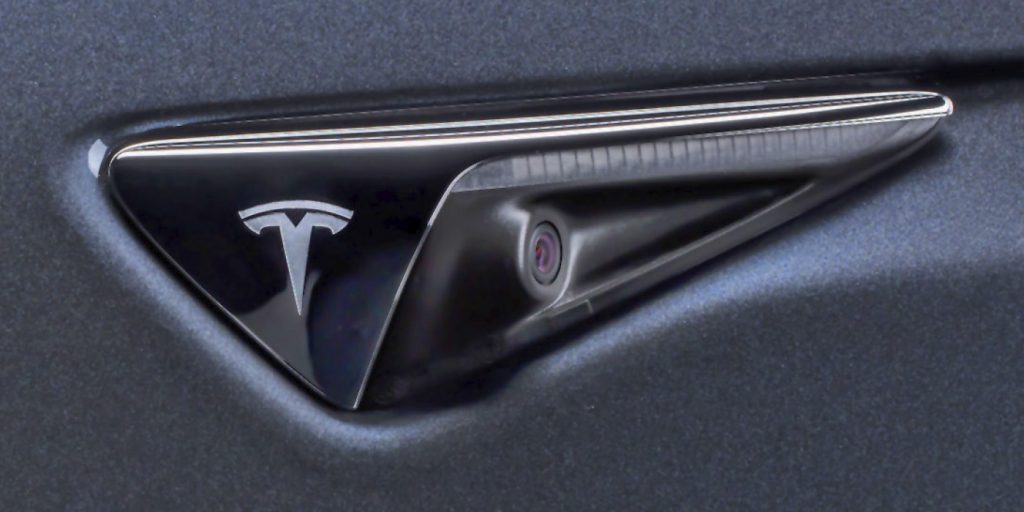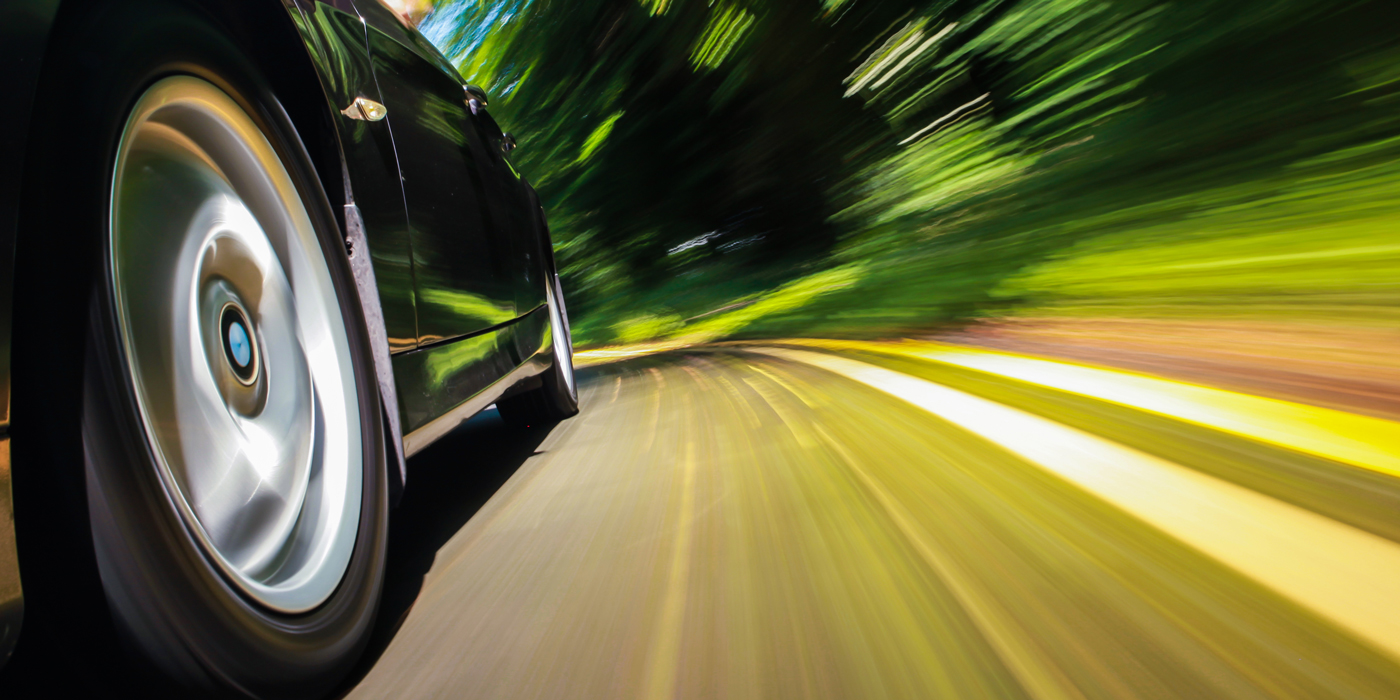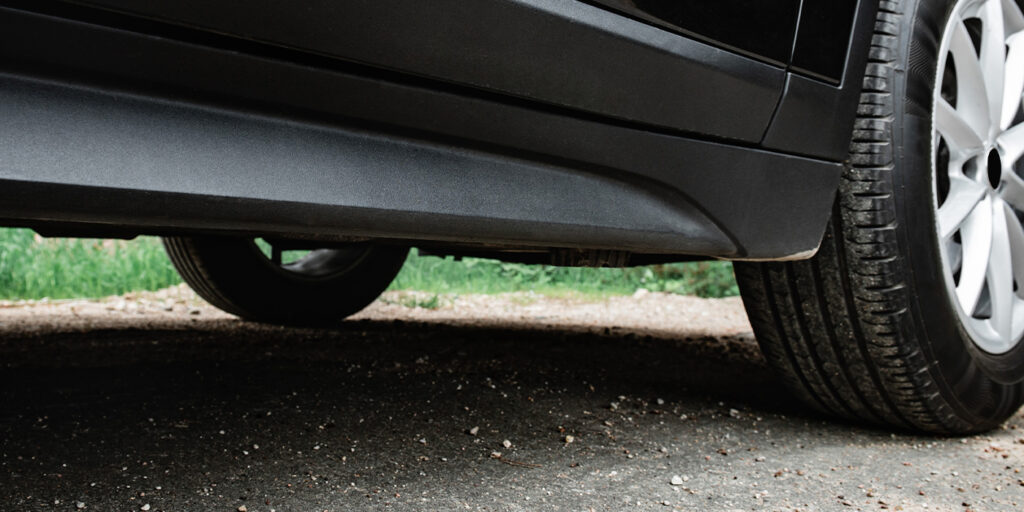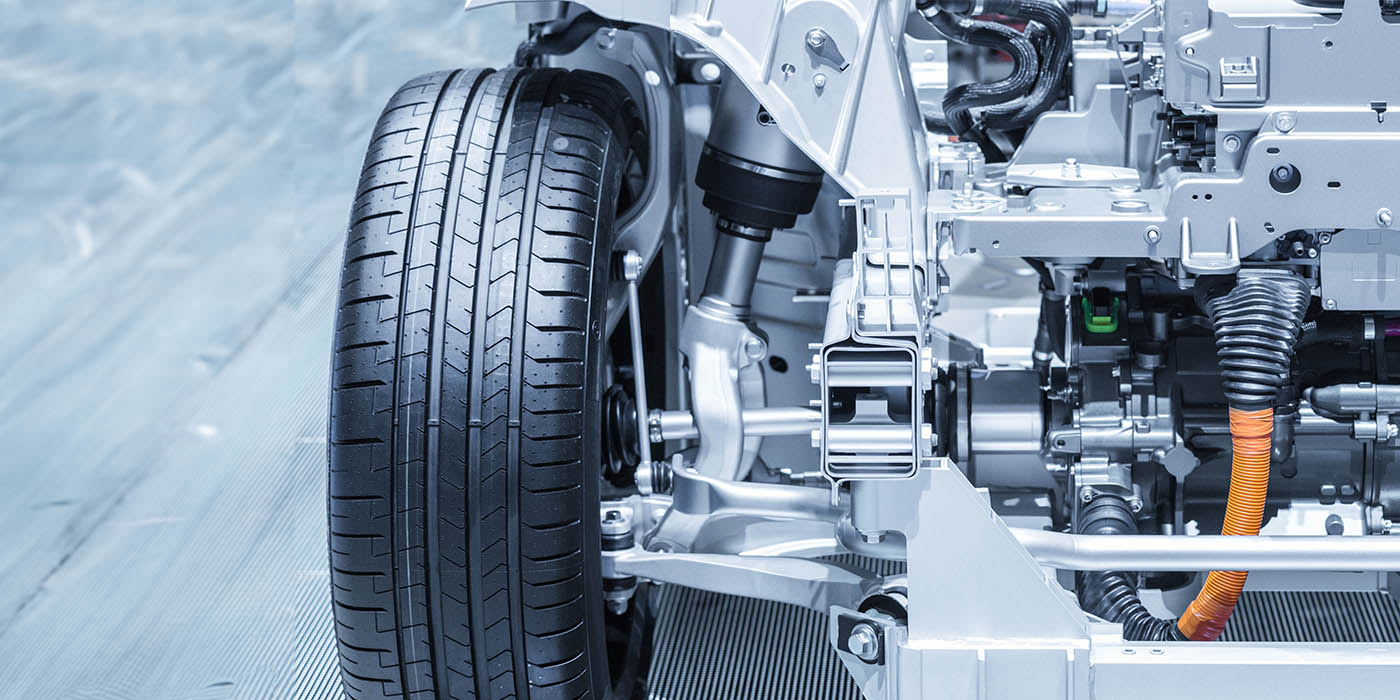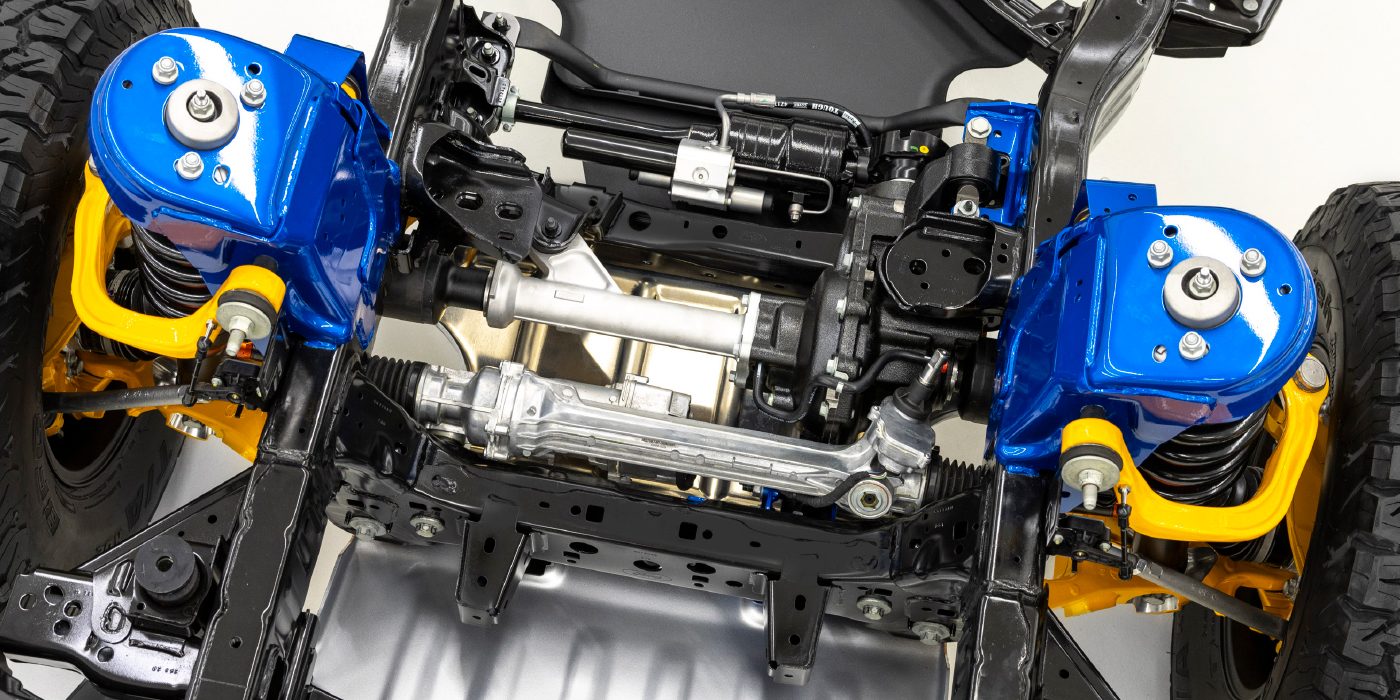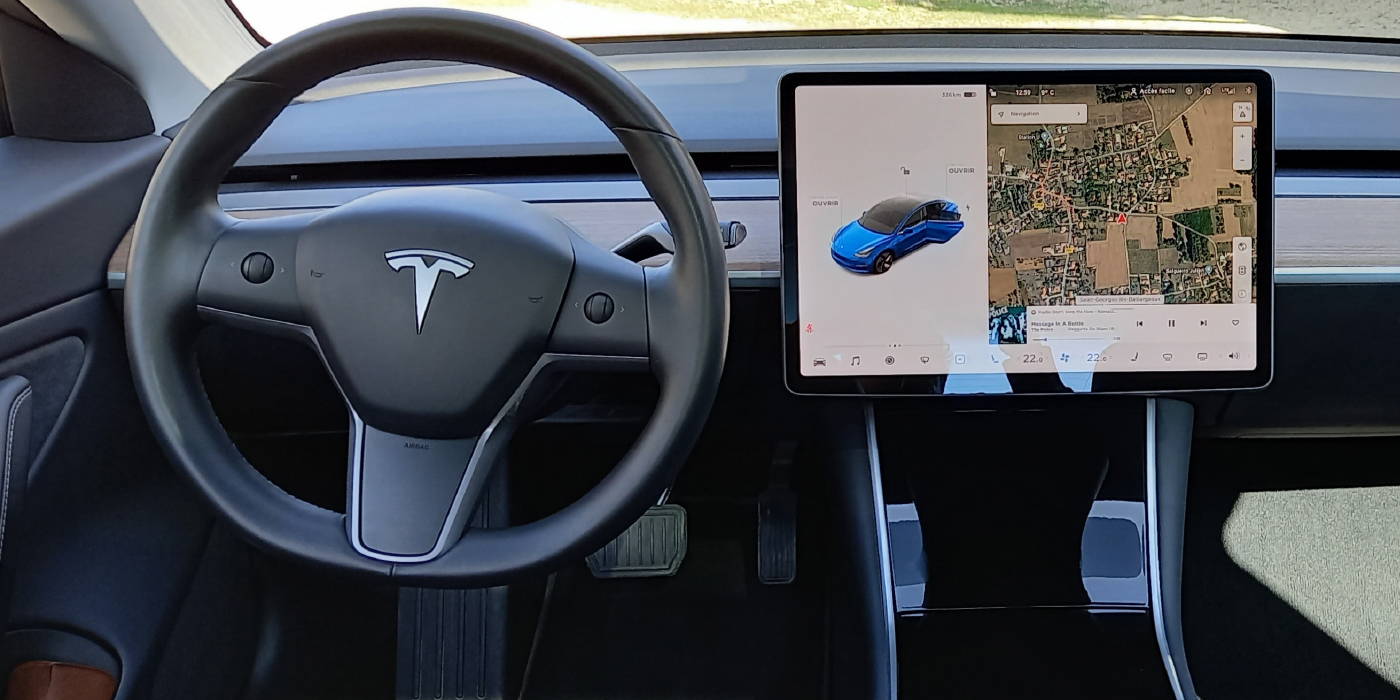Once you pull a Tesla Model S onto an alignment rack, you quickly realize that it shares many of the same suspension components as conventional vehicles. Aligning a Model S is just like any other vehicle, and many alignment systems have the specs in their database. For any electric vehicle, the alignment not only protects the tires it helps to increase the range.
Air Suspension
The Model S has an optional air suspension package. The air struts automatically self-level, even when power is off. The system needs to be disabled before you lift the vehicle. You can put the vehicle into jacking mode using the settings menu of the touch screen.
For alignment, the suspension needs to be set to the high position. After the suspension has been put in the high position, put the suspension in the jack or service mode using the touch screen before measuring the ride height.
Rolling Compensation Method
The secret to performing a rolling compensation alignment on a Tesla Model S is in the door latch. To be able to roll the car in neutral is to trick the door latch to think the door is closed and a driver is behind the wheel. First, buckle the seat belt before you sit in the vehicle. With the key fob inside the car, sit in the driver’s seat and press the brake pedal to turn the vehicle on. The speedometer and gear indicator should be on in the instrument cluster. Shift the vehicle into neutral and release the parking brake.
Without leaving the seat or releasing the brake pedal, open the door. Using a small pen or screwdriver to engage the door latch, push it into the second detent so the vehicle thinks the door is closed. You can now exit the vehicle while it is in neutral.
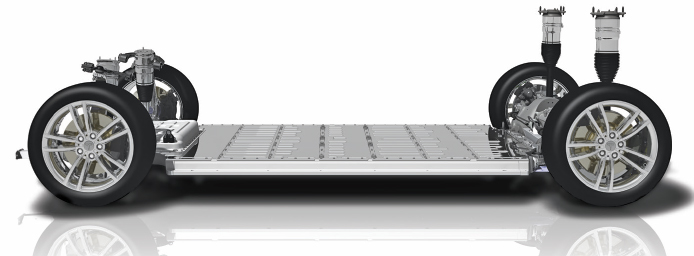
Front Suspension
The front suspension uses a tall steering knuckle with two lower control links and a single upper control arm. Camber is adjusted using an eccentric on the inboard side of the front link. Caster can be adjusted using the inboard eccentric on the rear link.
If a significant change to the toe was made during the alignment, it may require a recalibration procedure using the Tesla factory scan tool. But small changes to the toe will not change how the AutoPilot system works.
Rear Suspension
The only factory adjustment is the toe angle. It can be adjusted with an eccentric on the upper control arm. Camber is not adjustable, but many cars suffer from excessive negative camber. If the camber is out of specification, check the ride height and condition of the bushings. Adjustable links were available from Tesla, but are no longer in their parts database. Aftermarket options are out there from specialists.
Aligning any Tesla is not rocket science. They still have the same tire wear issues as any vehicle – in fact, the Tesla is hard on tires due to the torque produced by the electric motors. Having the suspension angles properly aligned can make sure the owner gets the full life out of a set of tires.

